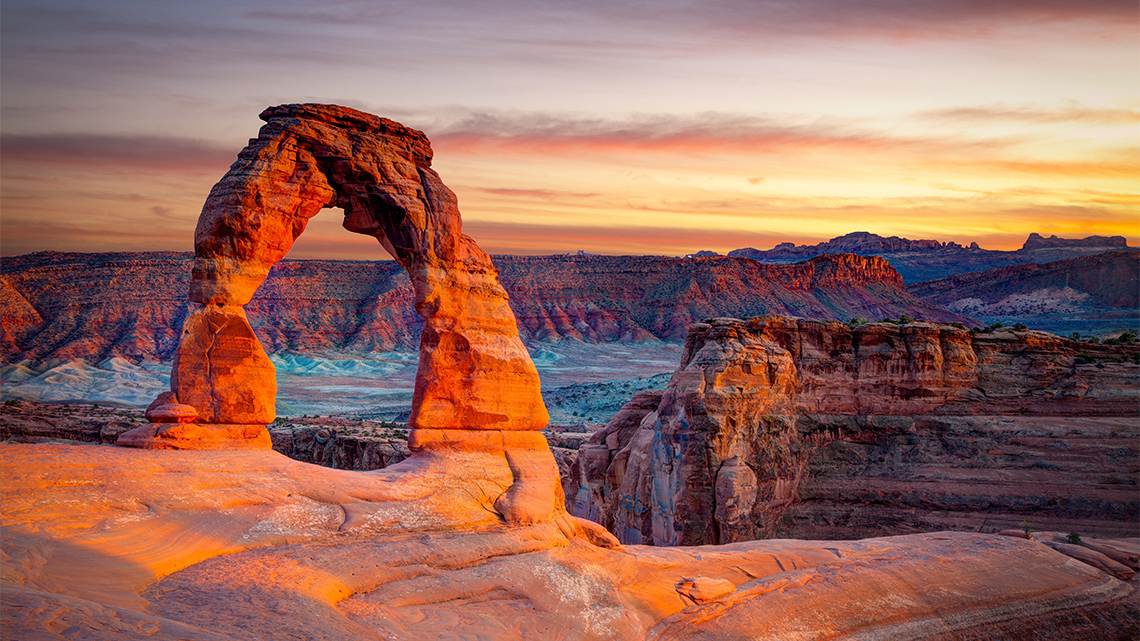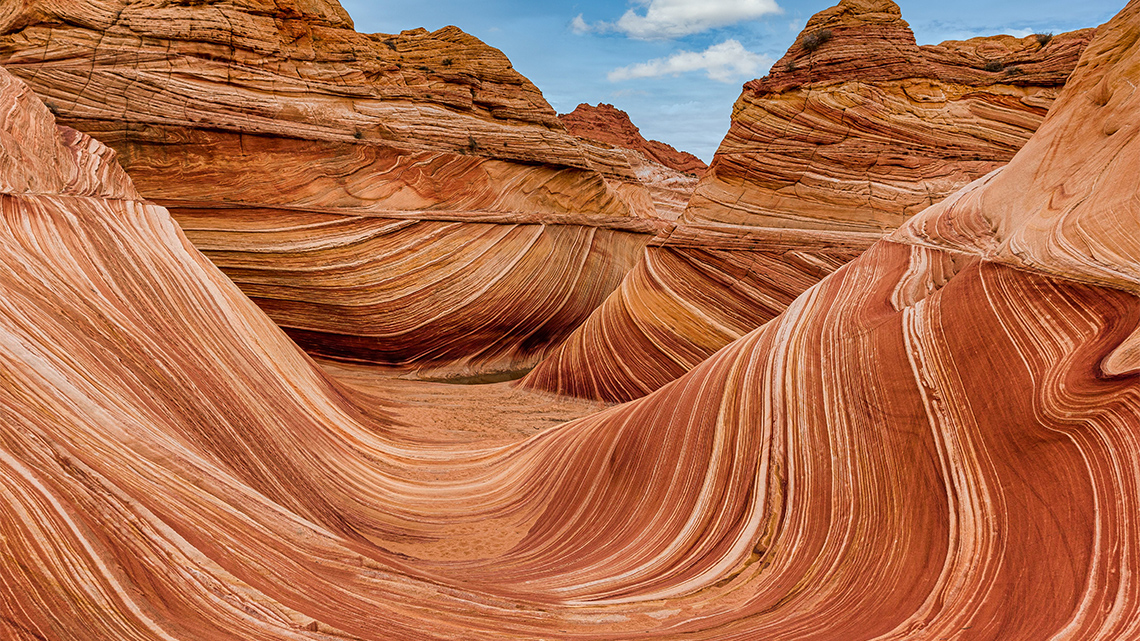Minds On
Forces of nature
Natural forces change the way that the Earth’s land is shaped and formed. Explore the following list and check off any words that you think are natural forces.
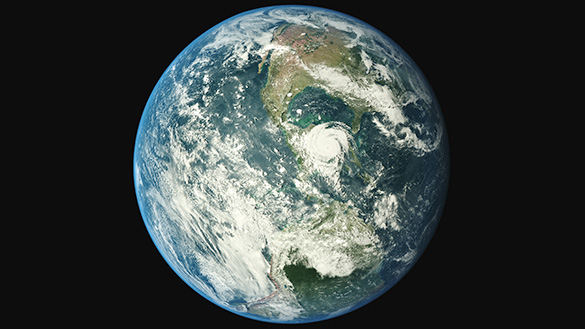
Choose the forces of nature!
Check off every word that you think is a force of nature.
Press ‘Answer’ to learn which elements are forces of nature!
Natural forces include:
- wind
- water
- erosion
- earthquake
- volcanic eruption
- landslide
- waves
- tsunami
Action
Changes on Earth
The surface of the Earth is always changing. Sometimes, people can feel the sand or dirt in the air when the wind is blowing, or they hear about the damage an earthquake has caused on the news.

There are two kinds of forces that are always changing the Earth’s surface. There are slow changes, such as weathering and erosion, that change the Earth’s surface very slowly over a period of time. Also, there are fast changes, such as earthquakes, tsunamis, or landslides.
Learn more about the slow and fast changes that are shaping our Earth!
Slow changes: weathering and erosion
Slow changes to the Earth’s surface are caused by weathering, erosion, and deposition. Explore the following images and descriptions to learn more about these slow changes.
Check your understanding using the fill-in-the-blanks interactive! For each sentence, select the missing word from the drop-down menu.
Sometimes weathering, erosion, and deposition can cause unique land formations.
Check out the following carousel of some unique formations.
Fast changes: natural disasters
Some changes to the Earth’s surface happen very quickly. Earthquakes, landslides, and volcanic eruptions are forces that can cause sudden changes, as well as a lot of damage. They are often called natural disasters. Let’s learn more about these natural disasters!
Earthquakes
The surface of the Earth is made up of huge pieces called tectonic plates. These plates can move apart, crash into each other, or even slide underneath each other, causing the land to shake and change shape. Sometimes an earthquake can happen under the water and cause a tsunami, which is a series of large waves that travel across water.
Let’s learn more by exploring the following TVOk News video.
In conclusion, as the land shakes and moves during an earthquake, fast changes are made.
Landslides, avalanches, and mudslides
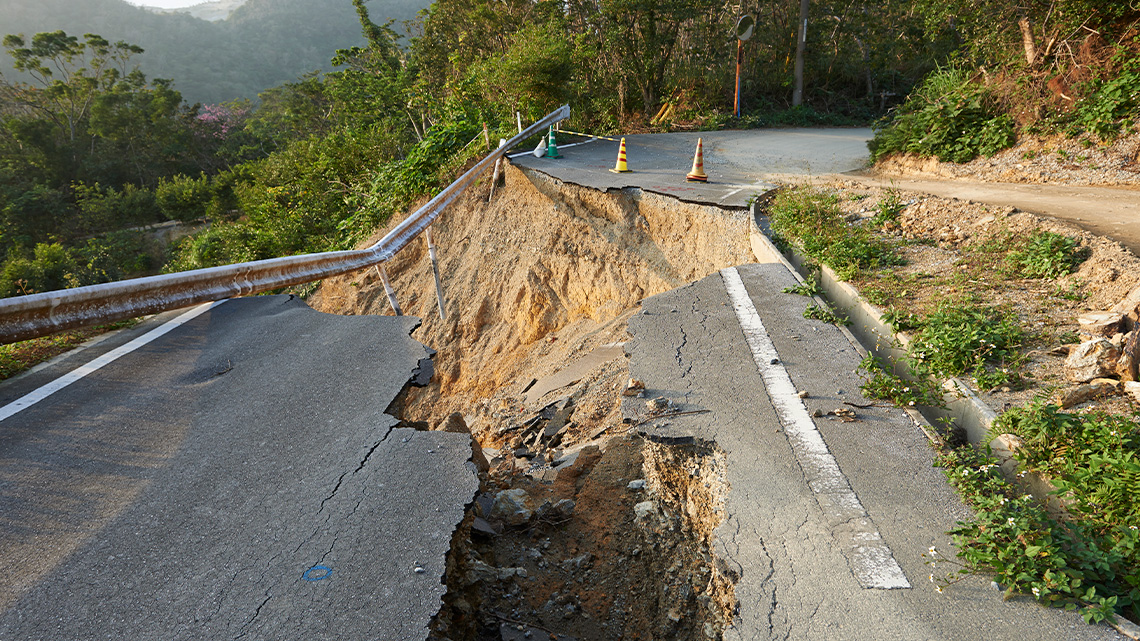
Landslides are another force that can change the Earth’s surface quickly. A landslide is when pebbles, dirt, rocks, and boulders slide down a hill. As the dirt and rocks slide, the landslide begins to move more quickly, which can cause major damage and change the landscape along its path.
An avalanche is similar to a landslide, except it involves snow tumbling down the side of a mountain.
After a heavy rainfall, there may also be something called a mudslide, which is the same as a landslide, except the dirt becomes mud which causes it to be very heavy.
Landslides, avalanches, and mudslides can be very dangerous to anyone who might be on the path when it happens.
Press the following tabs to explore videos of a landslide, an avalanche, and the clean up after a mudslide!
Explore the following video to observe a landslide!
Explore the following video to observe an avalanche!
Access the following video to observe the clean up after a mudslide!
Volcanic eruptions
When a volcano erupts, lava and ash come out, causing big changes to the land around it. Lava, also known as molten, is melted rock that comes out as a hot liquid and covers the land below it. A big lava flow can burn everything in its path, and ash fills the air. Sometimes volcanic eruptions happen under the water, which cause a tsunami.
Explore the following TVOk News video to learn more about volcanos.
Check your understanding with the following fill-in-the-blanks. For each sentence, select the missing word from the drop-down menu.
Building a news report
Nature is a powerful force. These forces can have big impacts on human-made and natural environments!
Your task is to create a news report that describes how the forces of a natural disaster occur and what impact they have on structures and the environment.

Before getting started, it is important to note how sharing your findings in the format of a news report is a good example of the “Share” step of the Scientific Research Process.
Scientific research process

Sharing what you have learned lets other people know about your topic too!
The “question” we are going to research is: how can forces of nature impact the environment?
Now it is time to explore more, review our observations, and think about how to share those findings with an audience.
Begin by choosing one of the natural disasters you learned about in this learning activity. You may choose to review the previous information. If possible, conduct some of your own research about your chosen natural disaster.
Complete the Natural Disaster Research Worksheet in your notebook or using the following fillable and printable document. If you would like, you can use speech-to-text or audio recording tools to record your thoughts.
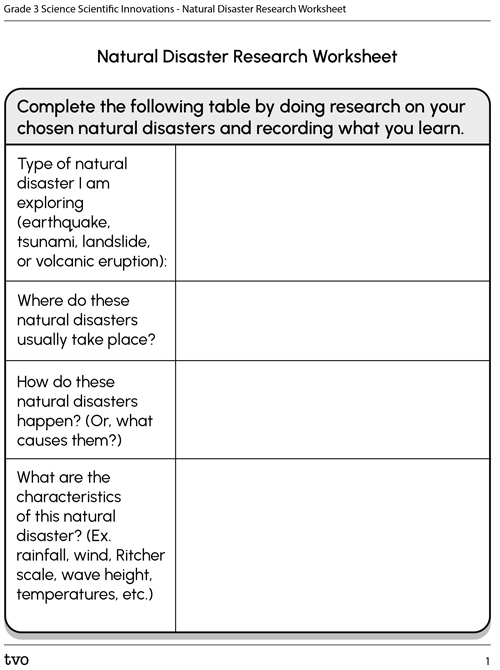
Press the Activity button to access the Natural Disaster Research Worksheet.
Activity (Open PDF in a new window)Consolidation
Check your understanding!
Let’s pause to review some of the facts you have explored about forces that occur in the natural environment. After this brief learning check, you will continue your work on the news report task.
For each sentence, select the missing word from the drop-down menu.
Pause and Reflect
Share your learning
Now that you have all of the information about the natural disaster, it is time to plan a news report.
For the news report, you can:
- create a video of a news report (think about the clips of TVOk News that you explored earlier!)
- create a written news report (in print or digital)
- create a detailed audio recording of a news report
Your news report should have 3 components – a beginning, middle, and end.
Complete the Natural Disaster News Report Worksheet in your notebook or using the following fillable and printable document. If you would like, you can use speech-to-text or audio recording tools to record your thoughts.
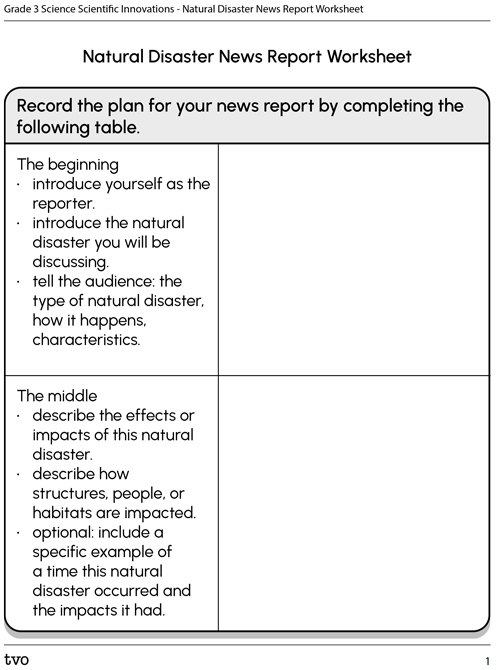
Press the Activity button to access the Natural Disaster News Report Worksheet.
Activity (Open PDF in a new window)Use the following checklist to help you create your news report.
News report checklist
Make sure that your news report includes all of the following:
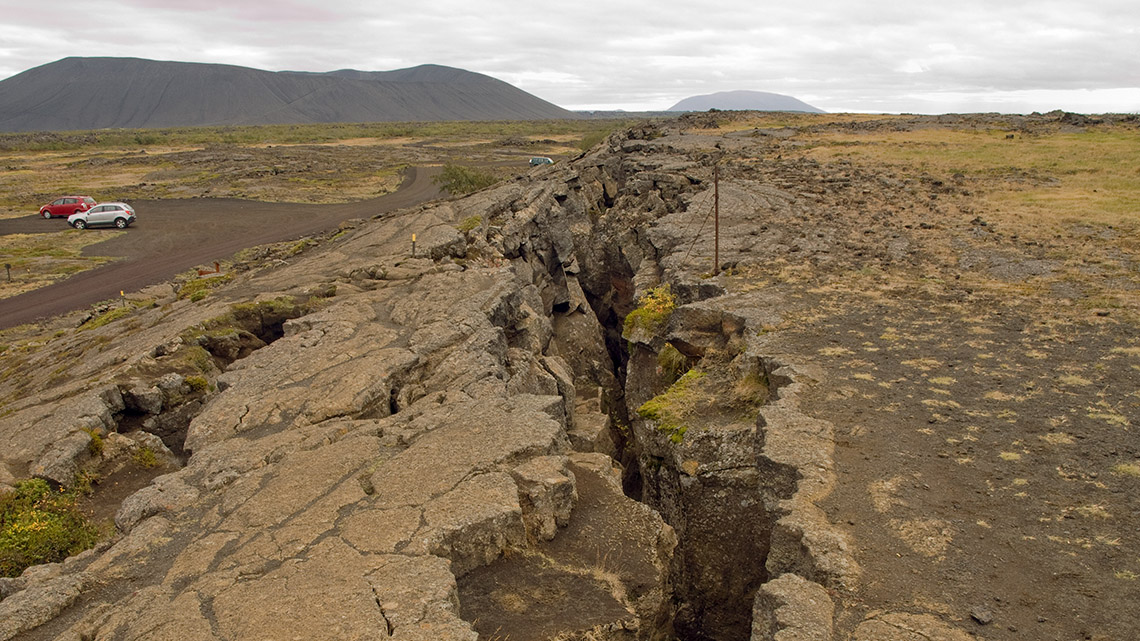
Reflection
How do you feel about what you have learned in this activity? Which of the next four sentences best matches how you are feeling about your learning? Press the button that is beside this sentence.
I feel…
Now, record your ideas about your feelings using a voice recorder, speech-to-text, or writing tool.





